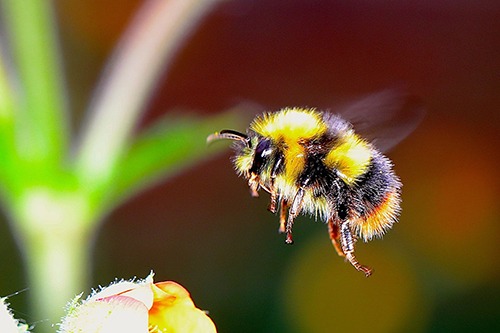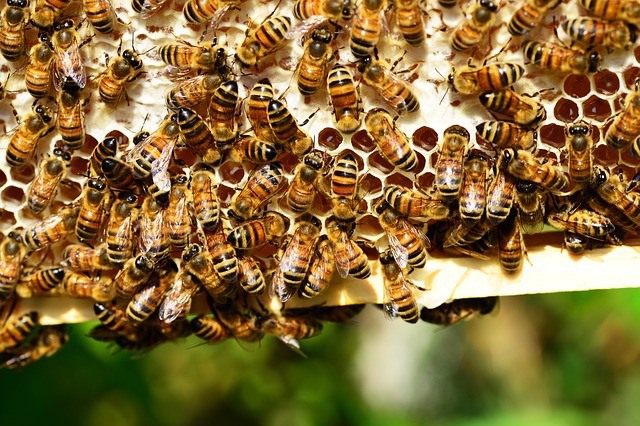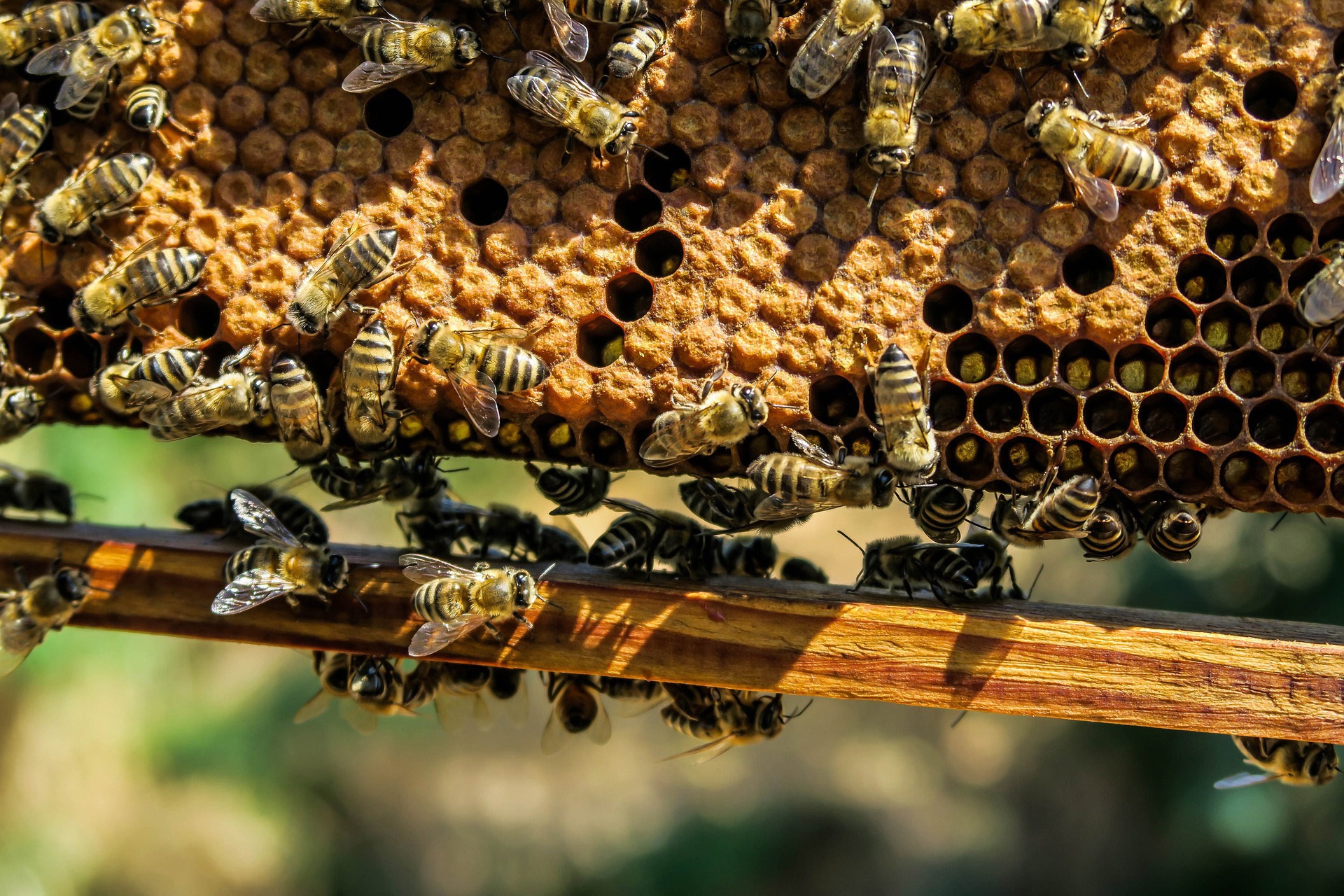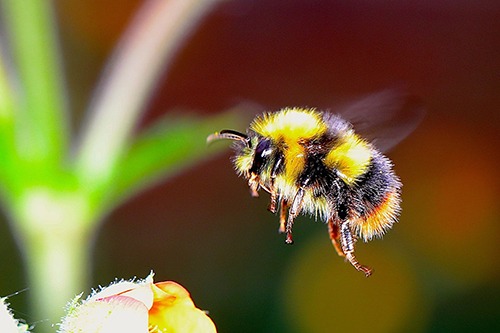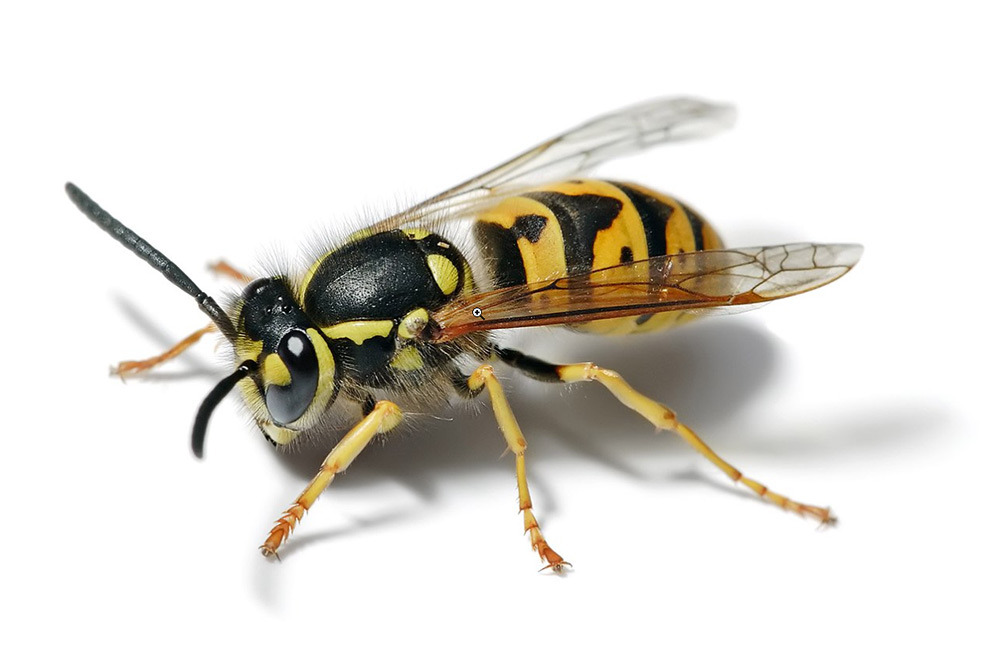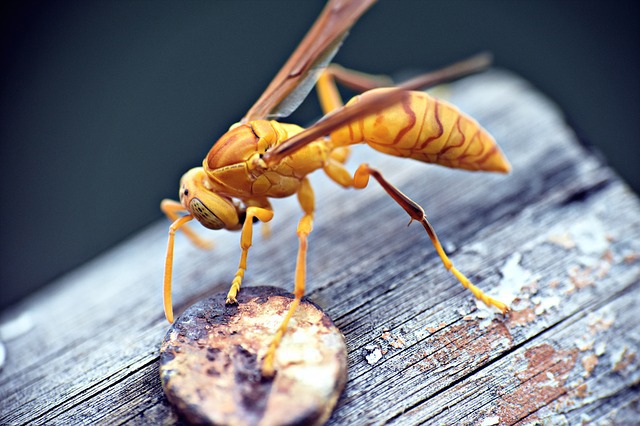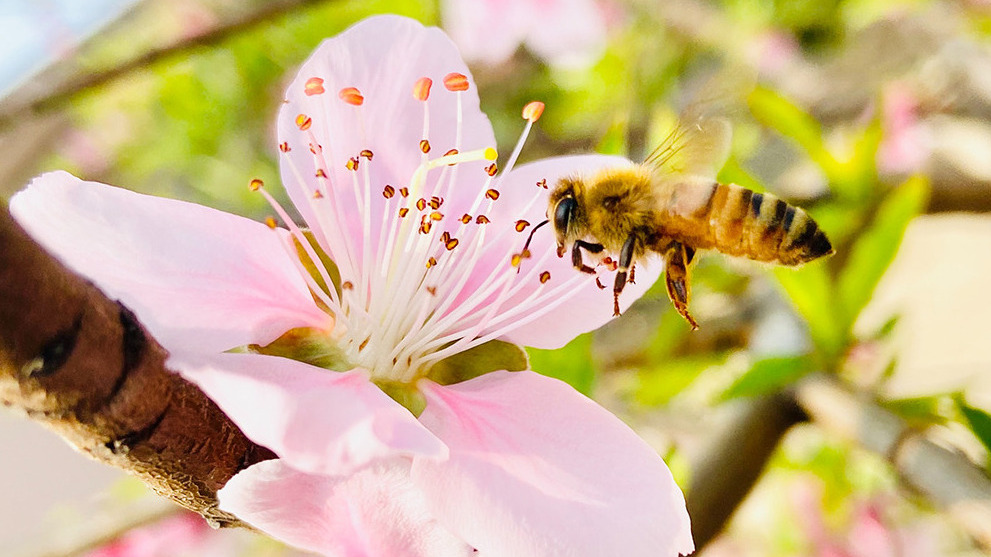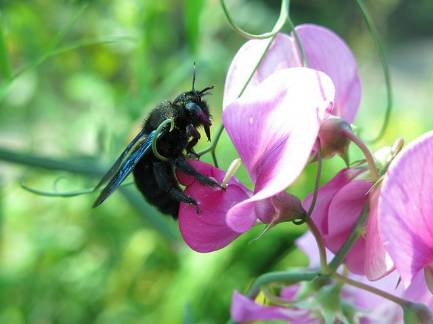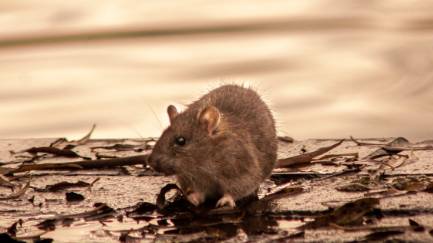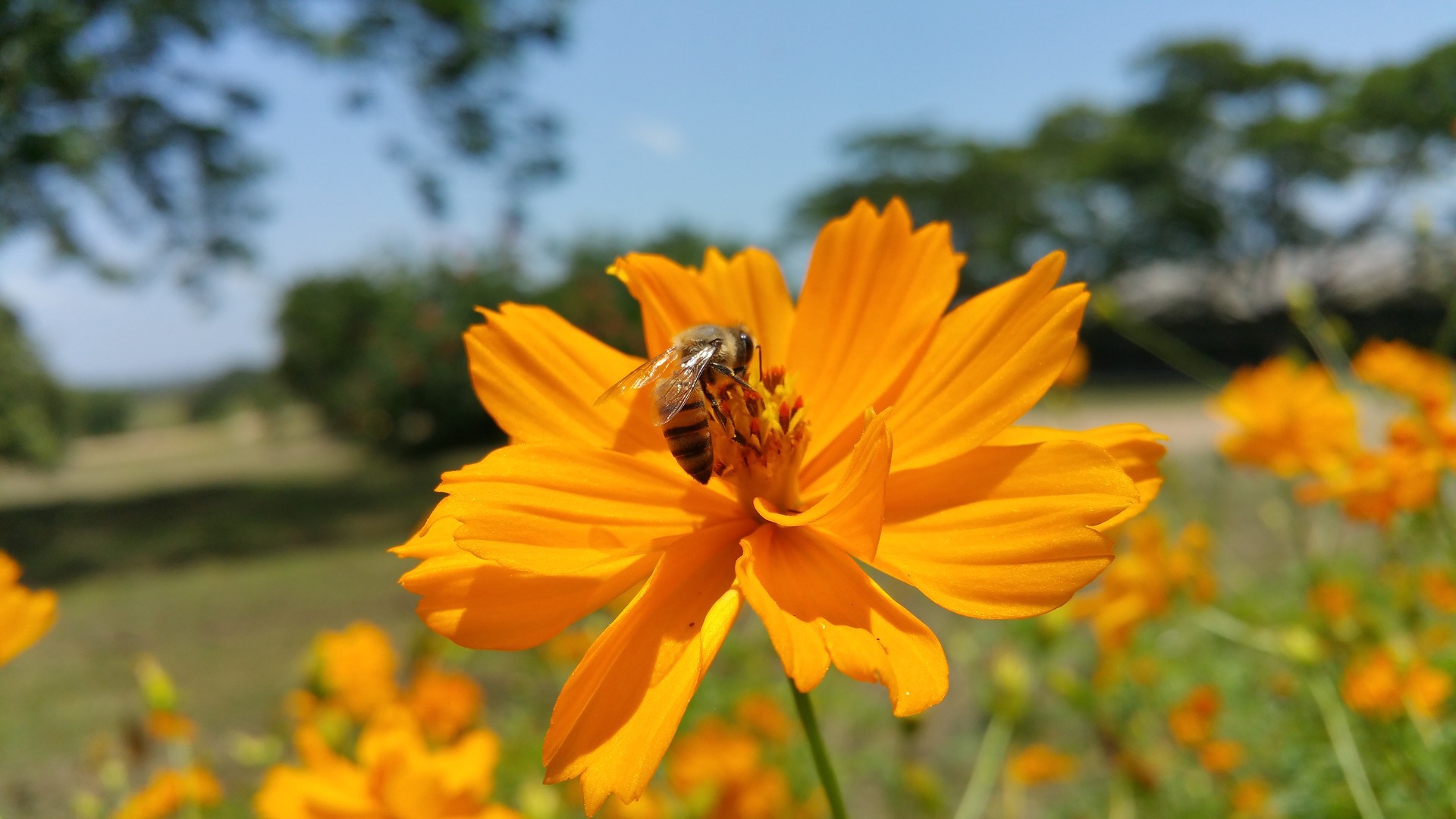$50 OFF FIRST CALL
CLICK TO CALL US NOW
FOR DISCOUNT!
Get Rid Of Bees Now!
WE ARE PROFESSIONALS, WE KNOW HOW TO HANDLE BEES. DO NOT DO THIS ON YOUR OWN IT CAN BE VERY DANGEROUS.
CLICK TO CALL
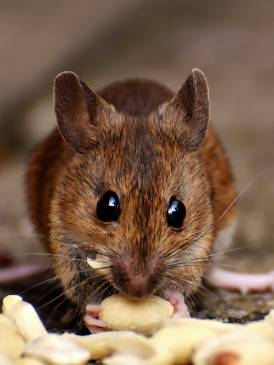
PEST EXCLUSION

PEST CONTROL
EMERGENCY SERVICE AVAILABLE SEVEN DAYS A WEEK
415-385-1061 or 650-773-9870
CLICK TO CALL US NOW
Do Not Poison Bees It Causes BIGGER Problems
Here's Why...
you truly only have THREE OPTIONS:
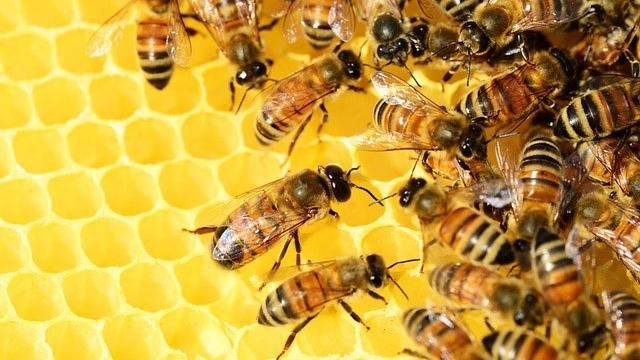
1. LIVE WITH THEM
This is the most cost effective solution but the problem with this option is obvious, you still have a bee or wasp problem.
2. POISON THEM (DOESN’T WORK)
Although this may appear to be a good solution because the immediate population of Bees or Wasps is no longer flying around your yard or home, but actually all that poisoning them does is mask the problem.
3.REMOVE THEM COMPLETELY
This is the only real solution. You must remove both the insect and their habitat, it is the only way to be sure that you have actually taken care of the complete problem. This is what we do here at Bay Area Bee Busters. We will not only remove the Bees or Wasps from your home, we will completely remove their habitat. We are experts at solving your Bee or Wasp problem. We’ve been ridding homes of unwanted stinging insects since 1984.
Since 1984, Bay Area Bee Busters has provided Residential and Commercial Bee & Wasp control in a safe and humane fashion. We are fully insured and include a licensed General Contractor, We’re the clear choice in the Bay Area.
We remove the Bees, Wasps, Yellow Jackets or related insects from your property in a safe and humane fashion. We relocate Bees to Bee farms where they live very productive lives producing local honey for all to enjoy.
Bay Area Bee Busters understands the inconvenience of insect infestations. We also understand that no one wants to get stung or have a swarm of Honeybees invade their home. We are experts in controlling Bees and Wasps and provide live removal where the situation warrants.
Don’t risk being stung or allergic reactions from invasive stinging insects. Instead, contact us today for expert advice or removal right where you need it.
SAFE AND HUMANE HANDLING OF BEES AND WASPS
INSURED - LICENSED
CLICK TO CALL
- BUMBLE BEES AND COLONIES
- SWARMS - HONEY BEES
- YELLOW JACKETS - BEE REMOVAL
- PAPER WASPS - PEST CONTROL
- CARPENTER BEES -PEST EXCLUSION
- AFRICAN BEES
Bumble Bees
A bumblebee is any member of the bee genus Bombus, in the family Apidae. There are over 250 known species,[1] existing primarily in the Northern Hemisphere although they also occur in South America. They have been introduced to New Zealand and the Australian state of Tasmania.
Bumblebees are social insects that are characterized by black and yellow body hairs, often in bands. However, some species have orange or red on their bodies, or may be entirely black.[2] Another obvious (but not unique) characteristic is the soft nature of the hair (long, branched setae), called pile, that covers their entire body, making them appear and feel fuzzy. They are best distinguished from similarly large, fuzzy bees by the form of the female hind leg, which is modified to form a corbicula: a shiny concave surface that is bare, but surrounded by a fringe of hairs used to transport pollen (in similar bees, the hind leg is completely hairy, and pollen grains are wedged into the hairs for transport).
Colonies
Both Bees and Wasps are social creatures, then create colonies for productivity and protection. A beehive is an enclosed structure in which some honey bee species of the subgenus Apis live and raise their young. Natural beehives are naturally occurring structures occupied by honeybee colonies, while domesticated honeybees live in man-made beehives, often in an apiary.
These man-made structures are typically referred to as “beehives”. Several species of Apis live in hives, but only the western honey bee (Apis mellifera) and the eastern honey bee (Apis cerana) are domesticated by humans. Natural beehive is comparable to a bird’s nest built with a purpose to protect the dweller.
The nests of some social wasps, such as hornets, are first constructed by the queen and reach about the size of a walnut before sterile female workers take over construction. The queen initially starts the nest by making a single layer or canopy and working outwards until she reaches the edges of the cavity. Beneath the canopy she constructs a stalk to which she can attach several cells; these cells are where the first eggs will be laid. The queen then continues to work outwards to the edges of the cavity after which she adds another tier. This process is repeated, each time adding a new tier until eventually enough female workers have been born and matured to take over construction of the nest leaving the queen to focus on reproduction.
Swarms
Swarming is the natural means of reproduction of honey bee colonies. A new honey bee colony is formed when the queen bee leaves the colony with a large group of worker bees, a process called swarming. In the prime swarm, about 60% of the worker bees leave the original hive location with the old queen. This swarm can contain thousands to tens of thousands of bees.
Swarming is mainly a spring phenomenon, usually within a two- or three-week period depending on the locale, but occasional swarms can happen throughout the producing season.
Secondary afterswarms may happen but are rare. Afterswarms are usually smaller and are accompanied by one or more virgin queens. Sometimes a beehive will swarm in succession until it is almost totally depleted of workers. Entomologists consider the colony as a superorganism. An individual bee without a colony cannot survive for long. The colony also needs a certain colony size to reproduce. In the process of swarming the original single colony reproduces to two and sometimes more colonies. A swarm of bees sometimes frightens people, though the bees are usually not aggressive at this stage of their life cycle. This is principally due to the swarming bees’ lack of brood (developing bees) to defend and their interest in finding a new nesting location for their queen. This does not mean that bees from a swarm will not attack if they perceive a threat; however, most bees only attack in response to intrusions against their hive. Swarm clusters, hanging off of a tree branch, will move on and find a suitable nesting location in a day or two. Beekeepers are sometimes called to capture swarms that are cast by feral honey bees or from the hives of inattentive beekeepers.
Honey Bees
Honey bees (or honeybees) are a subset of bees. They primarily distinguish themselves by the production and storage of honey and the construction of perennial, colonial nests out of wax. Currently, there are only seven recognized species of honey bees with a total of 44 subspecies, though historically, anywhere from six to eleven species have been recognized.
Some other types of related bees produce and store honey, but only members of the genus Apis are true honey bees.
Honey bees as a group appear to have their center of origin in South and South East Asia (including the Philippines), as all but one (i.e. Apis mellifera), of the extant species are native to that region. Notably the most plesiomorphic living species (Apis florea and Apis andreniformis) has the center of origin there.[2] The age of Apis melifera is estimated at only 1 million years.
Yellow Jackets
Yellowjacket is the common name in North America for predatory wasps. Members of these genera are known simply as “wasps” in other English-speaking countries. Most of these are black and yellow; some are black and white (such as the bald-faced hornet, Dolichovespula maculata), while others may have the abdomen background color red instead of black.
Yellow jackets, often called “bees” as they are similar in size and appearance and both sting, are actually wasps. A typical yellowjacket worker is about 12 mm (0.5 in) long, with alternating bands on the abdomen; the queen is larger, about 19 mm (0.75 in) long (the different patterns on their abdomens help separate various species). Workers are sometimes confused with honey bees, especially when flying in and out of their nests. Yellowjackets, in contrast to honey bees, are not covered with tan-brown dense hair on their bodies, they do not carry pollen, and do not have the flattened hairy hind legs used to carry it.
Bee Removal
Bee Free has been providing Northern California with great service for over 15 years. We Specialize in Live Honeybee Extractions; relocating and recolonizing your Honeybee's with Local Beekeepers and Farmers We are dedicated to providing our communities with the highest quality service and ensuring your complete satisfaction.
Honeybees, Bumble Bees, Carpenter Bees, and Wasp removals from Structures is our specialty! Structural removals require determining the location of the colony, completely exposing the Hive then cutting into the roof, sheet rock, stucco or siding, removing bees, comb, honey, then cleaning, deodorizing, sterilizing, filling the void, and making repairs to removal site. Bee Free is one of just a few companies that have an in-house contractor to do such exacting work. CSLC #905588.
CLICK HERE TO READ MORE
Most people aren’t too bothered by Bees when they’re outside; but if the Bees take up residence inside a home, it’s a whole different story. We provide a green solution to this nuisance problem. Our company specializes in live Honeybee removal and control, and we have the resources to handle any form of stinging insect found in California. We are proud to feature humane removal practices. We relocate them with local Beekeepers & farmers who use them for pollination of agricultural and food products.
With spring upon us, the flowers bloom and flowers attract Bees. Bees pollinate our food supply, but we can't have them living in our homes.
If Bees or Wasps are poisoned inside a wall, attic, chimney, roof, or enclosed area of the home, they will leave behind comb or nest materials along with a big pile of dead and rotting insects. The sooner the problem is addressed, the fewer materials will require removal.
Proper removal of the entire colony is the key to permanently solving the problem. Improper removal can create infinitely bigger problems by attracting rodents and bugs, or ongoing future vermin problems caused by melted wax, honey, or the dead poisoned insects, sometimes structural replacement is necessary.
Bees are an important part of the seed making process for many plants. As the stewards of this planet, humans have a responsibility to remove and relocate bees to new locations whenever possible.
Using our extensive experience working with Bees, we are able to educate and advise our clients on the best solution for removal, prevention, and control.
We work with you to ensure your problems don't recur. Bee Free provides live bee removal throughout San Jose and the San Francisco Peninsula. We specialize in humane (Bee and Wasp) removal without the use of pesticides or other harmful chemicals. Bees are relocated/reused - not harmed.
Much of our exclusion work is Tree work. Removing Honeybee Colonies, then screen/sealing the entry point.
Our experienced team will match our competitors' written quote and double their warranty.
We offer chemical free solutions to all of your pest problems. We are a full-service pest control company offering services to both residential and commercial customers, we do it all.
Paper Wasps
The term wasp is typically defined as any insect of the order Hymenoptera and suborder Apocrita that is neither a bee nor an ant. Almost every pest insect species has at least one wasp species that preys upon it or parasitizes it, making wasps critically important in natural control of their numbers, or natural biocontrol.
The majority of wasp species (well over 100,000 species) are “parasitic” (technically known as parasitoids), and the ovipositor is used simply to lay eggs, often directly into the body of the host. The most familiar wasps belong to Aculeata, a division of Apocrita, whose ovipositors are adapted into a venomous sting, though a great many aculeate species do not sting. Aculeata also contains ants and bees, and many wasps are commonly mistaken for bees, and vice-versa. In a similar respect, insects called “velvet ants” (the family Mutillidae) are technically wasps.
Pest Control
Bee Free has been providing Northern California with great service for over 15 years. We Specialize in Live Honeybee Extractions; relocating and recolonizing your Honeybee's with Local Beekeepers and Farmers We are dedicated to providing our communities with the highest quality service and ensuring your complete satisfaction.
Honeybees, Bumble Bees, Carpenter Bees, and Wasp removals from Structures is our specialty! Structural removals require determining the location of the colony, completely exposing the Hive then cutting into the roof, sheet rock, stucco or siding, removing bees, comb, honey, then cleaning, deodorizing, sterilizing, filling the void, and making repairs to removal site. Bee Free is one of just a few companies that have an in-house contractor to do such exacting work. CSLC #905588.
CLICK HERE TO READ MORE
Most people aren’t too bothered by Bees when they’re outside; but if the Bees take up residence inside a home, it’s a whole different story. We provide a green solution to this nuisance problem. Our company specializes in live Honeybee removal and control, and we have the resources to handle any form of stinging insect found in California. We are proud to feature humane removal practices. We relocate them with local Beekeepers & farmers who use them for pollination of agricultural and food products.
With spring upon us, the flowers bloom and flowers attract Bees. Bees pollinate our food supply, but we can't have them living in our homes.
If Bees or Wasps are poisoned inside a wall, attic, chimney, roof, or enclosed area of the home, they will leave behind comb or nest materials along with a big pile of dead and rotting insects. The sooner the problem is addressed, the fewer materials will require removal.
Proper removal of the entire colony is the key to permanently solving the problem. Improper removal can create infinitely bigger problems by attracting rodents and bugs, or ongoing future vermin problems caused by melted wax, honey, or the dead poisoned insects, sometimes structural replacement is necessary.
Bees are an important part of the seed making process for many plants. As the stewards of this planet, humans have a responsibility to remove and relocate bees to new locations whenever possible.
Using our extensive experience working with Bees, we are able to educate and advise our clients on the best solution for removal, prevention, and control.
We work with you to ensure your problems don't recur. Bee Free provides live bee removal throughout San Jose and the San Francisco Peninsula. We specialize in humane (Bee and Wasp) removal without the use of pesticides or other harmful chemicals. Bees are relocated/reused - not harmed.
Much of our exclusion work is Tree work. Removing Honeybee Colonies, then screen/sealing the entry point.
Our experienced team will match our competitors' written quote and double their warranty.
We offer chemical free solutions to all of your pest problems. We are a full-service pest control company offering services to both residential and commercial customers, we do it all.
Carpenter Bees
Carpenter bees (the genus Xylocopa in the subfamily Xylocopinae) are large bees distributed worldwide. There are some 500 species of carpenter bee in 31 subgenera. Their name comes from the fact that nearly all species build their nests in burrows in dead wood, bamboo, or structural timbers (except those in the subgenus Proxylocopa, which nest in the ground).
In several species, the females live alongside their own daughters or sisters, creating a sort of social group. They use wood bits to form partitions between the cells in the nest. A few species bore holes in wood dwellings. Since the tunnels are near the surface, structural damage is generally minor or nonexistent.
Carpenter bees can be important pollinators on open-faced flowers, even obligate pollinators on some, such as the Maypop (Passiflora incarnata), though many species are also known to “rob” nectar by slitting the sides of flowers with deep corollas.
Pest Exclusion
Bee Free has been providing Northern California with great service for over 15 years. We Specialize in Live Honeybee Extractions; relocating and recolonizing your Honeybee's with Local Beekeepers and Farmers We are dedicated to providing our communities with the highest quality service and ensuring your complete satisfaction.
Honeybees, Bumble Bees, Carpenter Bees, and Wasp removals from Structures is our specialty! Structural removals require determining the location of the colony, completely exposing the Hive then cutting into the roof, sheet rock, stucco or siding, removing bees, comb, honey, then cleaning, deodorizing, sterilizing, filling the void, and making repairs to removal site. Bee Free is one of just a few companies that have an in-house contractor to do such exacting work. CSLC #905588.
Most people aren’t too bothered by Bees when they’re outside; but if the Bees take up residence inside a home, it’s a whole different story. We provide a green solution to this nuisance problem. Our company specializes in live Honeybee removal and control, and we have the resources to handle any form of stinging insect found in California. We are proud to feature humane removal practices. We relocate them with local Beekeepers & farmers who use them for pollination of agricultural and food products.
CLICK HERE TO READ MORE
With spring upon us, the flowers bloom and flowers attract Bees. Bees pollinate our food supply, but we can't have them living in our homes.
If Bees or Wasps are poisoned inside a wall, attic, chimney, roof, or enclosed area of the home, they will leave behind comb or nest materials along with a big pile of dead and rotting insects. The sooner the problem is addressed, the fewer materials will require removal.
Proper removal of the entire colony is the key to permanently solving the problem. Improper removal can create infinitely bigger problems by attracting rodents and bugs, or ongoing future vermin problems caused by melted wax, honey, or the dead poisoned insects, sometimes structural replacement is necessary.
Bees are an important part of the seed making process for many plants. As the stewards of this planet, humans have a responsibility to remove and relocate bees to new locations whenever possible.
Using our extensive experience working with Bees, we are able to educate and advise our clients on the best solution for removal, prevention, and control.
We work with you to ensure your problems don't recur. Bee Free provides live bee removal throughout San Jose and the San Francisco Peninsula. We specialize in humane (Bee and Wasp) removal without the use of pesticides or other harmful chemicals. Bees are relocated/reused - not harmed.
Much of our exclusion work is Tree work. Removing Honeybee Colonies, then screen/sealing the entry point.
Our experienced team will match our competitors' written quote and double their warranty.
We offer chemical free solutions to all of your pest problems. We are a full-service pest control company offering services to both residential and commercial customers, we do it all.
African Bees
Africanized honey bees, known colloquially as “killer bees”, are some hybrid varieties of the Western honey bee species, (Apis mellifera), produced originally by cross-breeding of the African honey bee with various European honey bees such as the Italian bee. The hybrid bees are far more aggressive than any of the various European subspecies. Small swarms of Africanized bees are capable of taking over European honey bee hives by invading the hive and establishing their own queen after killing the European queen.
EMERGENCY SERVICE AVAILABLE SEVEN DAYS A WEEK
415-385-1061 or 650-773-9870
CLICK TO CALL
See what our customers
have to say about us!
Get advice from our experienced team of professional.
Call Or Contact Us Today
415-385-1061
YELP REVIEWS
EMERGENCY SERVICE AVAILABLE SEVEN DAYS A WEEK
415-385-1061
Office Hours
Monday 7:00AM-7PM
Tuesday 7:00AM-7PM
Wednesday 7:00AM-7PM
Thursday 7:00AM-7PM
Friday 7:00AM-7PM
Saturday 7:00AM-7PM
Sunday 7:00AM-7PM
EMAIL US
OR CALL US NOW 415-385-1061
CONTACTS
ADDRESS
MAKE AN APPOINTMENT
We answer all phone calls immediately.
We’ll take care of your problem, so you can take care of business.
Call Us For A Free Quote Today!
© 2025 Bay Area Bee Busters All Rights Reserved. 970 columbus street, Half Moon Bay, CA 94019 . Contact Us . Terms of Service . Privacy Policy

